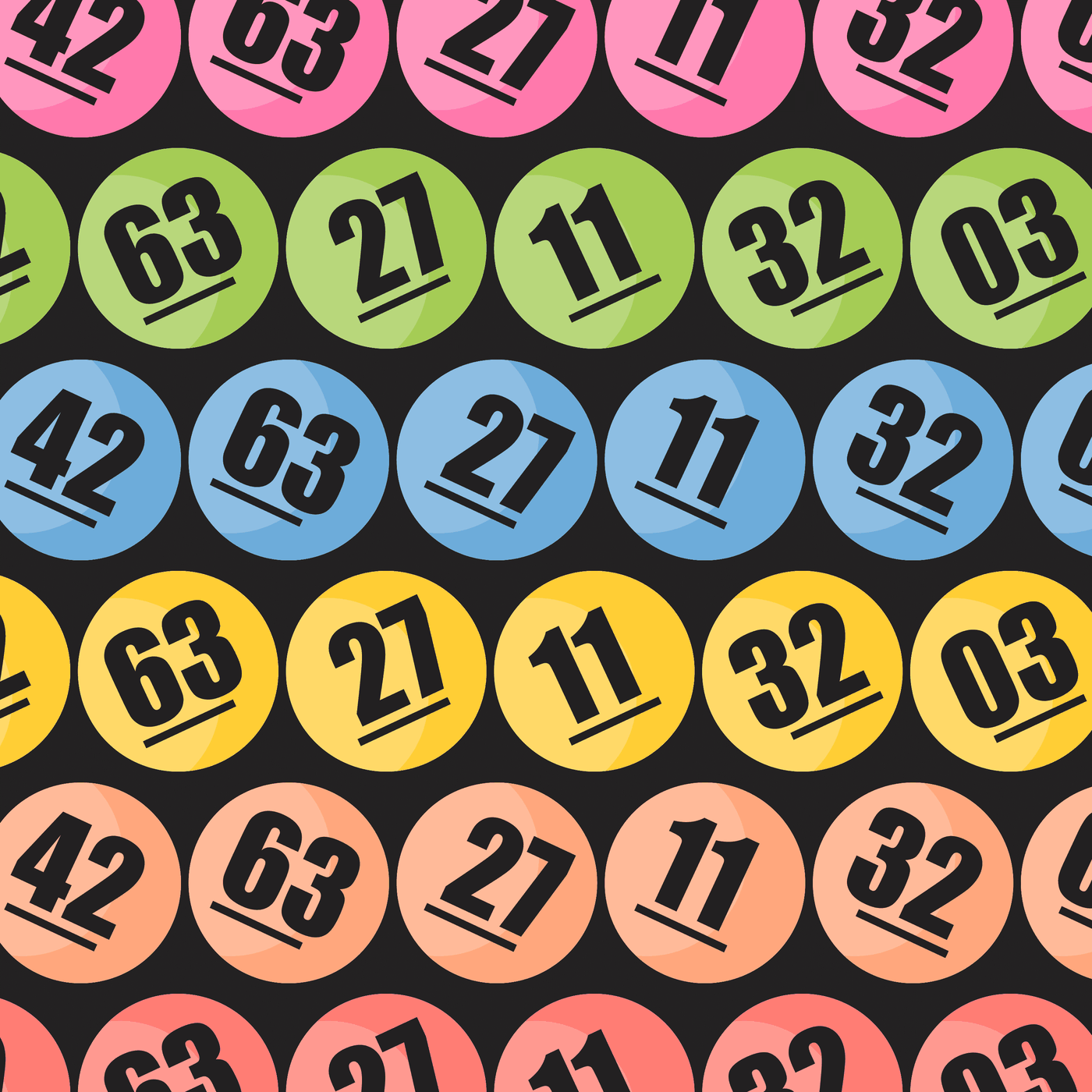
Many people have heard of lottery marketing strategies, but what exactly are these strategies? In this article, we’ll explore the economic benefits of lotteries, the problems of multi-state lotteries, and strategies that can increase your odds of winning. There are also a number of drawbacks to the lottery, such as its costs for the state. This article will help you decide which lottery strategy will work for you. In addition, we’ll discuss some problems with multi-state lotteries and the costs to the state.
Economic benefits to education
State lotteries generate funding for public schools, but it is unclear if these funds are improving the education system. There is a debate over the economic benefits of lottery revenues to education. The public is divided about whether lottery revenues actually benefit the educational system. Public schools, for their part, do receive more funding than private schools. In any case, the state-run lottery has failed to create opportunities for students and empower educators. We need more information and data to determine if lottery revenues are improving public education.
Problems with multi-state lotteries
The Multi-State Lottery Association has been cited in multiple lawsuits for problems with their lottery systems. Players claim they were cheated out of their winnings by Tipton, who used a faulty random-number generator. The Multi-State Lottery Association has since stopped using random-number generator software, but that doesn’t mean there’s no oversight. One player’s attorney, Gary Dickey, says that Tipton warned of the glitch in 2006 and installed software that allowed him to predict lottery numbers.
Strategies to increase odds of winning
There are many different strategies to increase your odds of winning the lottery. While no one method is foolproof, many people find success by combining certain tactics with the law of probability. These strategies can range from pick-three and four systems to playing less popular lotteries. If you are determined to increase your odds, there are some things you should know before getting started. Read on to discover the best ways to increase your chances of winning the lottery.
Costs to state
The cost of the lottery to the state is huge, with more than $70 billion spent in the United States on tickets alone. Unlike credit card debt and retirement savings, lottery money isn’t used for either of those. State governments use lottery funds to cover operating and advertising costs, and many have earmarked some or all of the proceeds for specific programs. In 2014, states used lottery revenue to fund programs ranging from senior citizens’ programs to salmon restoration.
Age of players
As of April 20, the minimum age for National Lottery participation will change from 16 to 18. This change will also affect the age of those who purchase tickets online. Organizations that sell lottery tickets online must prepare for this change by April 2021. Although the age restriction has been in place for years, the change will come as a shock to retailers who rely on lottery ticket sales. Here are some things to consider before the change:
Per capita spending
According to the U.S. Census Bureau, per capita lottery spending varies significantly between states. Several factors contribute to this difference. In Allendale County, for example, 41 percent of the population lives below the poverty level. In Williamsburg County, the figure is 33 percent. The Post and Courier calculated per capita lottery spending by state using data from the U.S. Census and the state’s Education Lottery. We also took a look at the median household income in the state, as this is the primary source of information.